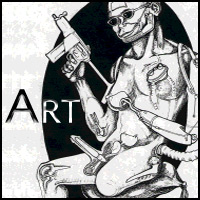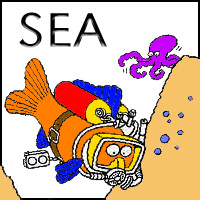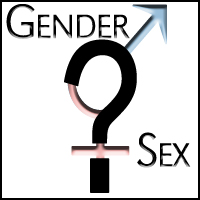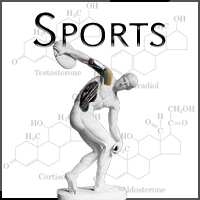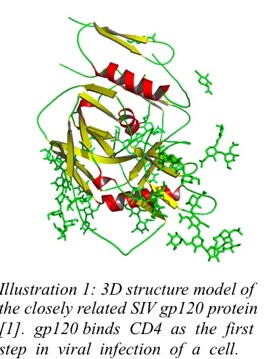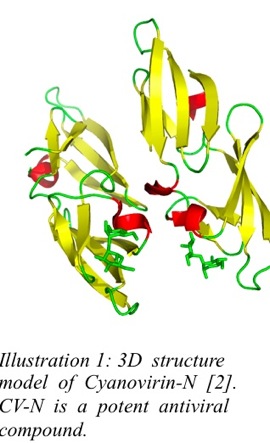
Bacterial TherapeuticsAram Avila-Herrera Bacteria as machines
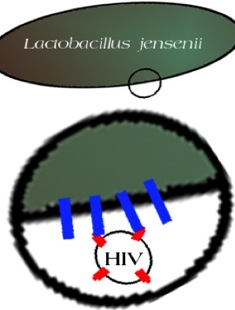
Cyborgs have traditionally been defined as cybernetic organisms, "creatures simultaneously animal and machine, who populate worlds ambiguously natural and crafted" [3]. A symbiosis between the organism and the machine being established, information is exchanged and acted upon (eg. electronic prostheses, brain-computer interfaces, etc). The machine, or its more general form, the computer, is simply a means to execute a set of instructions. In a cyborg, the mechanic execution of these instructions is conditioned on input outputted by the organic half of the symbiosis, and vice versa. With the advent of bioengineering (specifically genetic engineering), an old machine has been rediscovered, the bacterial machine. Microbes have long been used by humans (Saccharomyces cerevisiae to make beer and wine), and bacteria in particular have struck a symbiotic relationship within our very own bodies (Escheria coli, Lactobacillus jensenii, L. acidophilus). By genetically altering these bacteria, they can be engineered to be the next medical technology, an organic machine that carries out a modified set of custom instructions conditioned on biological signals output from human bodies. The uses of such technologies include genetically modifying non-virulent bacteria to function as an enhanced arm of our immune system by forming protective barriers against invasive pathogens, or by lysing them where they stand.
Osel
A Santa Clara biotech company, Osel, has already begun research on these novel bacterial therapeutics. While the company is currently developing a strain of L. crispatus (a protective symbiotic bacteria in the urogenital tract) that produces lactic acid and hydrogen peroxide (chemicals toxic to invading pathogens) to treat recurrent urinary tract infections in women, their research and development team is exploring more ambitious ends. Osel has published a paper [8] that describes how they engineered L. jensenii to produce CD4, the T-cell receptor for HIV (Fig 3), on its cell wall. Another paper [5] by Osel describes the engineering of L. jensenii to express the protein Cyanovirin-N, a known inhibitor of HIV (Fig 5). Cyanovirin is native in the cyanobacterium (blue-green algae) Nostoc ellipsosporum. The motivation behind the research is to recolonize the cervical-mucosal endothelium with the engineered L. jensenii in an attempt to have it intercept HIV before it enters the body (Figs 1 2). Efforts are underway to express Cyanovirin-N in tobacco plants to produce a cream. Intellectual Property
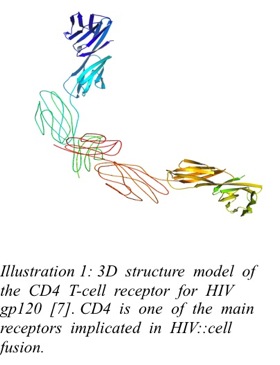
With all innovations come the hassle of intellectual property. With the boom of genetically modified foods, we saw the giant corporations suing over so-called stolen intellectual property, their patented genes. The most publicized case, Monsanto Canada Inc. v. Schmeiser, was a lawsuit against a canola breeder for using Monsanto's glyphosate resistant genetically engineered (GE) seed without obtaining a proper license. However, Schmeiser had not stolen the seeds, his crop had become genetically contaminated with Monsanto's product (by pollination), and he had just selected for the resistant plants. Ultimately, Schmeiser was found to be using the glyphosate resistance gene without leave or license from Monsanto, and so was deemed to be infringing on the patent. Engineered therapeutic bacteria, like the canola, can also spread their genetic material and so the issue of intellectual property rises again. In this case, it is an invasion of privacy to systematically enforce proper licensing to end users. Since it is a health benefit to carry the therapeutic bacteria and since it is not affordable by everyone, forcing those who cannot pay to remove the therapeutic is unethical because a. that action treats people as a mere means to obtain a profit [4] and b. it decreases the utility of those who are not at risk of infection [6]. Will there be regulations and laws singling out those who have taken the medication? Will there be suits against sex partners who haven't paid for the super bugs? Probably. And, there is no single solution to solve these problems. Hopefully, it will be seen that the therapeutic bacteria are indeed a cyborgian component of a person and not to be controlled by patents.
Logistics
It is discouraging that the logistics in developing a bacterial therapeutic may prevent it from doing any good, but it is important to consider the marketability of such a product. Is it worth subsidizing? How will the public respond to its availability? For example, fear is a common reaction to the unknown, and fear can drive strong support for irrational actions. Introducing a therapeutic such as an engineered symbiotic bacteria increases the list of labels people use to classify each other. This has the potential to fuel a new kind of racism. It is very probable that the outlook on what is human, sub-human, and super-human will change, and the effects of such a change need to be carefully evaluated. If it turns out that engineered bacteria are a marketable product, how will its advertising be regulated? And, if it is so popular, what are the rules regarding widespread use? Since the selection for the therapeutic is so favorable, there will be uncontrolled transmission of the therapeutic. One may argue that everyone should consume it anyways, like a vaccine requirement for grade school. However, this may be considered an infringement on the right not to be vaccinated. Actually checking to determine if one is carrying the therapeutic would require regular inconvenient doctor's appointments. Unless, this issue can be sidestepped, it is unlikely that a product like this will be bought.
References
[1] B. Chen, E.M. Vogan, H. Gong, J.J. Skehel, D.C. Wiley, and S.C. Harri-
son. Structure of an unliganded simian immunodeficiency virus gp120 core.
Nature, 433:834-841, 2005.
|




